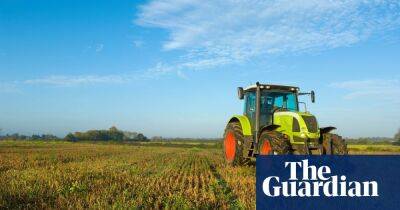River pollution goes unchecked as testing in England falls to 10-year low
Testing of rivers in England has fallen dramatically in the past 10 years, with experts warning it leaves a vacuum of knowledge about the effects of pollution.
Environment Agency data shows its river testing has fallen from nearly 100,000 samples a year in 2012 to 41,519 in 2021 – the lowest level of sampling in 20 years apart from the drop-off during Covid in 2020.
The dramatic fall in monitoring coincides with repeated cuts to the EA budget, in what its outgoing chair, Emma Howard Boyd, said had stopped the agency from carrying out vital water quality work.
Dr Barnaby Dobson, an expert in water systems from Imperial College London, said: “If you ask what are the biggest risks to water quality, my view is that it is the lack of sampling and monitoring. We cannot work out where we are failing if we are not looking.
“We cannot know about the impact on rivers if we are not sampling any of them. How can we know what the biggest water quality threats that the country faces are if we are not looking in rivers?”
The risk of pollution increases when rivers are at low flow during drought conditions, as they have been this year.
Low flow means concentrations of pollutants such as phosphate and E coli are far higher in flowing water, raising concerns that discharges have a much greater negative impact. The last tests carried out under the EU water framework directive in 2019 showed English rivers were in a shocking state, with no river passing quality tests for ecological and chemical status.
But since 2019 and Brexit, testing has continued to decrease, leaving a vacuum of knowledge about the possible further deterioration of rivers.
A damning report by MPs on the environmental audit committee found rivers were suffering from a cocktail
Read more on theguardian.com





















